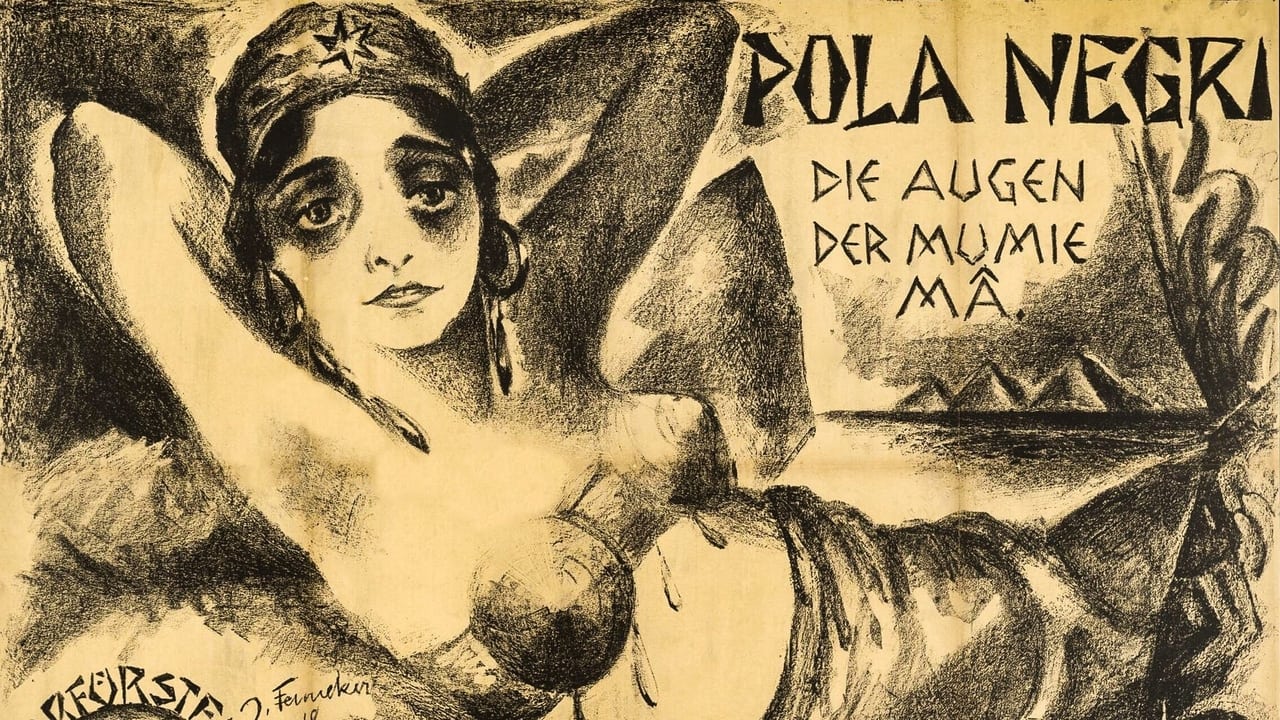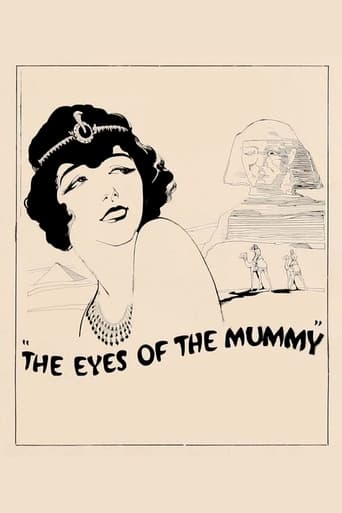DipitySkillful
an ambitious but ultimately ineffective debut endeavor.
Roy Hart
If you're interested in the topic at hand, you should just watch it and judge yourself because the reviews have gone very biased by people that didn't even watch it and just hate (or love) the creator. I liked it, it was well written, narrated, and directed and it was about a topic that interests me.
Fleur
Actress is magnificent and exudes a hypnotic screen presence in this affecting drama.
Delight
Yes, absolutely, there is fun to be had, as well as many, many things to go boom, all amid an atmospheric urban jungle.
mccrohan
Here are Lubitsch, Pola Negri and Emil Jannings back in the year 1918 at the start and before they achieved their huge fame. Of course, this is a low budget movie. The Egyptian desert scenes were filmed in a Berlin quarry and the Egyptian tomb is of absurdly cheap quality. However we can see the evident skill of Lubitsch when working with his lead actors. The fascinating personality of Pola Negri shines . I certainly wish that we had more such real women in today,s modern movies. So please enjoy this nostalgic movie. Consider that if it was remade today with millions of dollars, special effects and huge publicity ,that it might be a box-office bonanza
MARIO GAUCI
I never expected to see a horror film directed by Ernst Lubitsch and, while this has been touted as such and is even listed in genre-related books, it's nothing of the kind…and that makes it doubly disappointing for an all-round film-fan like myself! Actually, I've seen little of the director's work made in Germany (which includes only one major title, MADAME DUBARRY [1919], also starring Pola Negri and Emil Jannings) and none of his American Silents – which means that, to me, Lubitsch has always been a master of the Talkie medium, so, bear than in mind…Anyway, the title is indeed incidental to the main plot which, once again, concerns the vicissitudes of a romantic triangle (Jannings, Negri and Harry Liedtke) which can only end in tragedy. Jannings and Negri are Egyptians involved in a scam milking tourists out of their money, by having the girl lend her eyes to the "mummy" from inside an empty sarcophagus! When a British lord and adventurer comes to visit, she falls in love and leaves with him to England. Needless to say, Jannings – who, naturally, has feelings for Negri himself – follows them (conveniently in the employ of another English aristocrat and friend to Liedtke) in order to exact his revenge. While the plot offers no surprises (except, maybe, the fact that Jannings has a Svengali-like hold on Negri), it's also rather ordinarily handled; indeed, here one finds scarcely any evidence of the much-renowned "Lubitsch" touch!To be fair to the film, the famed Curse of King Tut's Tomb hadn't yet taken place (that was in 1921) – so, in all probability, the film was never intended as a horror film at all. Anyway, Jannings – who's always worth watching in a larger-than-life manner – is the best thing about the entire film…but the melodramatic acting of Negri, a great star of the period, has dated badly and, indeed, she seems to do little throughout but faint!! As a matter of fact, as a means of amusing myself to counter the tedium of the film itself, as I was watching I imagined the actress discussing the shooting schedule with her director:Negri: "What's on the schedule for today, Ernst?" Lubitsch: "You faint!"The next day.Negri: "What's on the schedule for today, Ernst?" Lubitsch: "You faint!" Negri: "Oh…"The next day.Negri: "Er--Ernst, do I get to faint today as well, by any chance?" Lubitsch: "Er…I'm afraid so!"
reg8g
I agree the film was not restored well at all. The music did not go along with the visual images. It seemed as though whoever wrote the score was just not paying attention to the movie. The music sounded rather chipper for scenes that seemed dark and a plot that is haunting. A new version is coming out March 28,2006 with a new music score. Hopefully that one will be much better. I heard that the new score is all piano and that the composer also did the score for The Mechanical Man. Which is a very rare old silent film that was found. Looking forward to seeing it. Hopefully the next version of Eyes of The Mummy will be much more better.
finki
If, as promised, this movie was restored then the results are simply horrible.A company called National Film Museum gave this film to another company called Hypercube IIc, in New York to digitally restore the film.But, instead of a intelligent restoration what this people did was to tint every scene to red, probably with Photoshop, with disastrous results.Douglas M. Protsik music is as unremarkable as the bad restoration. His accompaniment does not enhance the images at all.In all, the available print shown on TCM is unwatchable and I had to turn off the TV set.

